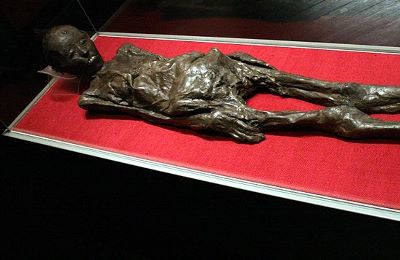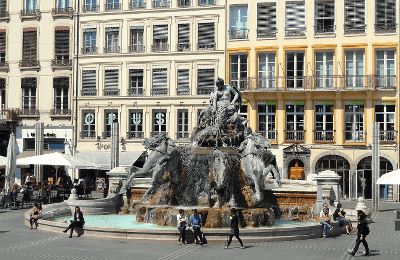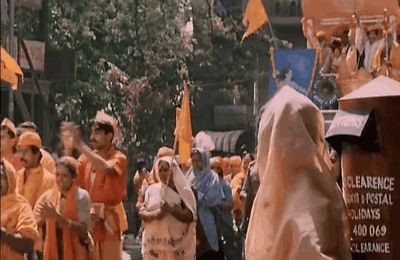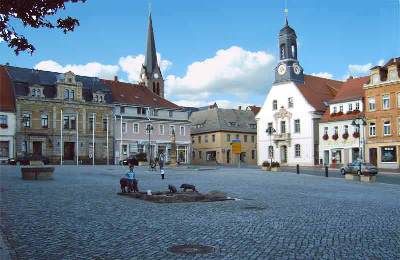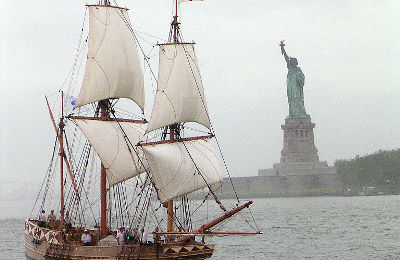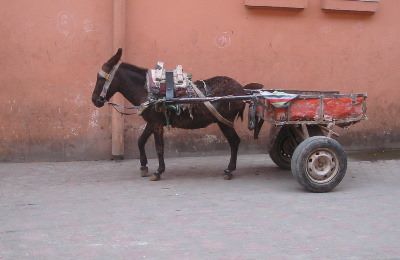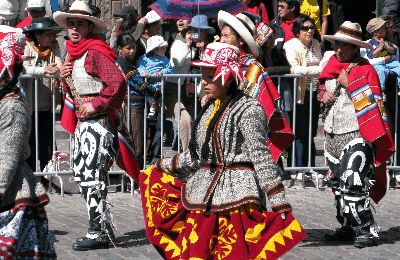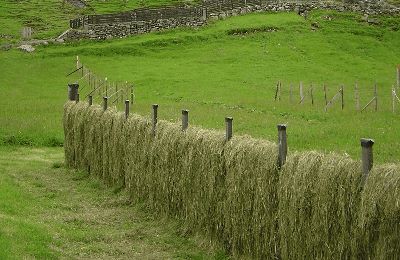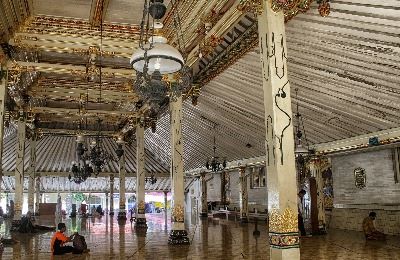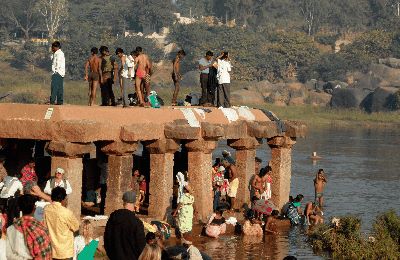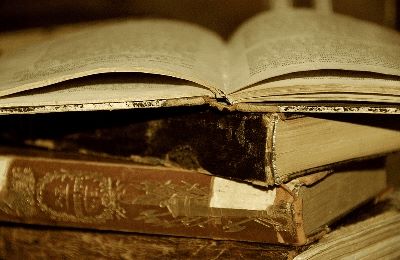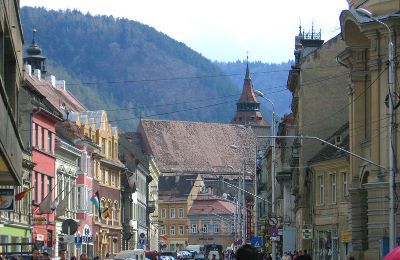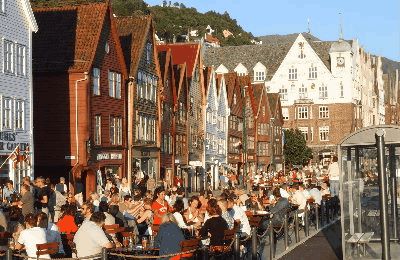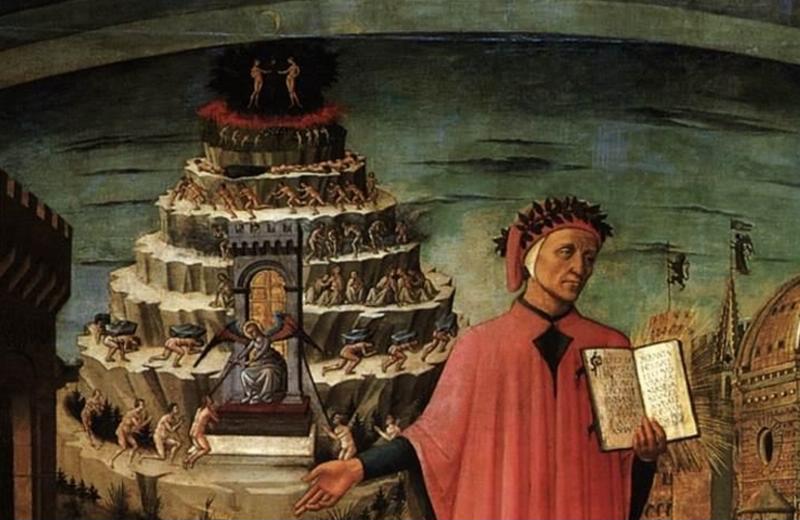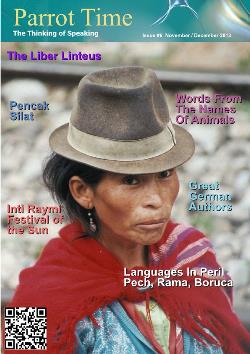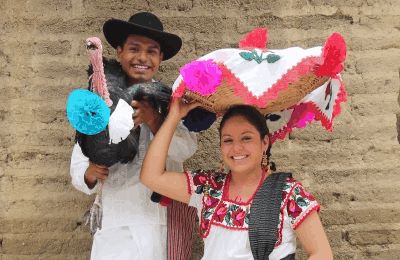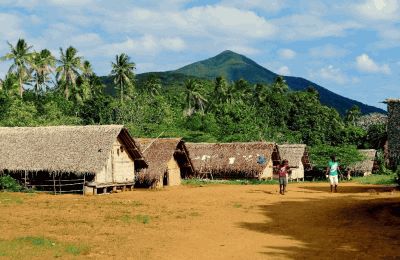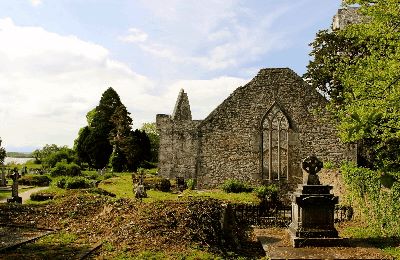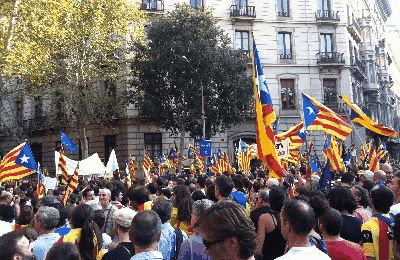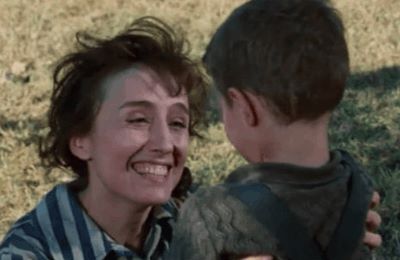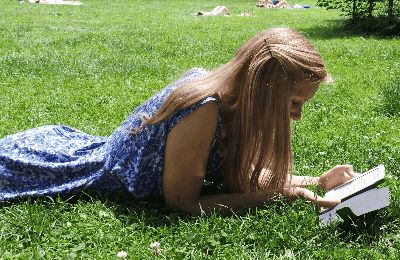Word on the Streets
Great German Authors

| The streets of Parleremo are named after famous writers for the language of each quarter. This is where we take a quick look at why they famous. | |
Goethestraße | |
Johann Wolfgang von Goethe 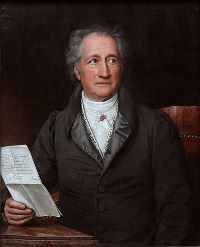 Johann Wolfgang von Goethe was a German poet, novelist, playwright and philosopher. He is considered by many to be the greatest artist of the German Romantic period and one of the greatest German writers in history. Even today, it is difficult to discuss German literature without mentioning Goethe. Goethe was born on 28 August, 1749, in Frankfurt, Germany. He grew up in a cultured household, getting lessons from his father and private tutors in common subjects as well as languages, riding and fencing. He learned quickly and was able to write German, Italian, Latin, Greek and French by the time he was eight years old. When he became sixteen, Goethe began studying law at the Leipzig University, according to his father wishes. While there, he began writing poems and gained some recognition through those. He fell in love with Anne Catharina Schoenkopf in 1766, inspiring him to write his first collection of poems, which he released anonymously under the title Annette. Goethe wrote much but threw away most of these early works. One work he saved was a comedy titled Die Mitschuldigen (The Accomplices). However, while spending so much time writing, he did not progress in his study of law, and so in 1768, he returned to Frankfurt. Goethe fell severely ill and remained that way for a year and a half that, during which time he was nursed by his mother and sister. In 1770, he began studying law again in Strasbourg. During that time, he also attended lectures in other subjects, including history and political science. He met Johann Gottfried Herder, a philosopher and poet, and they became friends. Herder introduced Goethe to the works of Shakespeare, which had a large impact on his future writings. |
Partial Bibliography
• 1771 "Heidenröslein" ("Heath Rosebud") • 1773 "Prometheus" • 1773 Götz von Berlichingen • 1774 Die Leiden des jungen Werthers (The Sorrows of Young Werther) • 1774 "Der König in Thule" • 1775 Stella • 1782 "Der Erlkönig" ("The Alder King") • 1787 Iphigenie auf Tauris (Iphigenia in Tauris) • 1786 Novella • 1788 Egmont • 1790 Versuch die Metamorphose der Pflanzen zu erklären (The Metamorphosis of Plants) • 1790 Torquato Tasso • 1790 Römische Elegien (Roman Elegies) • 1793 Die Belagerung von Mainz, (The Siege of Mainz) • 1794 Reineke Fuchs • 1795 Das Märchen (The Green Snake and the Beautiful Lily) • 1794–95 Unterhaltungen deutscher Ausgewanderten • 1795–96 (in collaboration with Friedrich Schiller) Die Xenien (The Xenia) • 1796 Wilhelm Meisters Lehrjahre (Wilhelm Meister's Apprenticeship) • 1797 "Der Zauberlehrling" (The Sorcerer's Apprentice) • 1797 "Die Braut von Korinth"[1] ("The Bride of Corinth") • 1798 Hermann und Dorothea (Hermann and Dorothea) • 1798 Die Weissagungen des Bakis (The Soothsayings of Bakis) • 1803 Die Natürliche Tochter (The Natural Daughter) • 1805 "Winckelmann und sein Jahrhundert" "Winckelmann and His Century) • 1808 Faust Part One • 1809 Die Wahlverwandtschaften (Elective Affinities) • 1810 Zur Farbenlehre (Theory of Colours) • 1811–1830 Aus Meinem Leben Dichtung und Wahrheit (From my Life Poetry and Truth) • 1813 "Gefunden" ("Found") • 1817 Italienische Reise (Italian Journey) • 1821 Wilhelm Meisters Wanderjahre, oder Die Entsagenden (Wilhelm Meister's Journeyman Years, or the Renunciants/Wilhelm Meister's Travels) • 1823 "Marienbad Elegy" • 1832 Faust Part Two • 1836 Gespräche mit Goethe (Conversations with Goethe) |
|
Goethe obtained the academic degree of the Lizenziat (Licentia docendi) in Frankfurt in 1771. From there, he founded a small legal practice, but gave it up within a few months. After this, he began actively writing again. He produced Götz von Berlichingen, a rich drama, which he reworked from the biography of a 16th century noble highwayman, and had his first dramatic success. Goethe worked for a time as an editor of a literary periodical, but he did not make enough money doing that to live on, so he started practising law again in 1772. He still wrote, though, and in 1774 he published Die Leiden des jungen Werthers (The Sorrows of Young Werther), a loosely autobiographical novel. This instantly made him one of the first international literary celebrities and to this day is the most known of his works. Despite the immense success of the book, Goethe did not earn much money from it because at the time, copyright laws were basically nonexistent, so it was easily copied without any payment to him. Based on the fame, however, Goethe was invited to the court of Carl August, Duke of Saxe-Weimar-Eisenach. He lived there for the rest of his life, during which he held many offices and published many works. He was also a friend and confidant to the Duke and was made a noble in 1782. Goethe was married in 1806 to Christiane Vulpius. Goethe's greatest work is Faust, a reworking of a legend about a dissatisfied intellectual. The first part of it was was published in 1790 and the second part in 1831. He died in 1832, a few months after Faust was published, and he is buried in the Ducal Vault at Weimar's Historical Cemetery. Goethe's complete body of work fills over forty volumes, with both poetry and prose. He is acclaimed for his grasp of public affairs and his understanding of larger truths. His admirers hold him on the same level of genius as Shakespeare and Dante. | |
Grimmstraße | ||
Jacob L. Grimm and Wilhelm K. Grimm 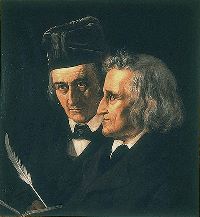 The Grimm Brothers, or more commonly "The Brothers Grimm", are known the world over for their collection of folklore and stories they collected and published. They took the tales from many countries and made them accessible for both children and adults to enjoy for centuries. The brothers were born 13 months apart in Hanau, Germany. Jacob Ludwig Carl Grimm was born on 4 January, 1785, and Wilhelm Carl Grimm was born 24 February, 1786. The brothers had very different personalities. Jacob was introspective and quiet while Wilhelm was outgoing. They both had a strong work ethic, though, and were very close. They began studying at the Friedrichsgymnasium in Kassel, and despite their low social status, graduated at the head of their classes: Jacob in 1803 and Wilhelm in 1804. After graduating from there, they continued studying at Marburg University, intending to become lawyers, as their father had been (he passed away while they were still in Kassel). They attended lectures and studied legal science, but it did not hold their interest, and they found themselves more drawn to the study of German and foreign literature. One of their law professors was Friedrich von Savigny, and it was he who really sparked their interested in history and pushed them toward studying medieval German literature. Like Savigny, the brothers wanted the 200 principalities of Germany join into a single, united state, and through him, they were introduced to several German romantic authors of the time, like Ludwig Achim von Arnim and Clemens Brentano. They were also inspired by the ideas of Johann Gottfried Herder, who wanted German authors to return to more natural language in their literature. Putting aside law, the brothers devoted themselves to studying Old German and literature. Jacob was appointed as court librarian to the King of Westphalia in 1808, then after that became the librarian in Kassel. When the brothers' mother died in 1808, Jacob took on the full responsibility for his younger siblings. He paid for one of his brothers, Ludwig, to study at an art school while also making it possible for Wilhelm to visit their brother Halle, who was getting treatment for illnesses. After that, Wilhelm reunited with his brother Jacob in Kassel, also becoming a librarian there. It was during this time that they began collecting folk tales at the suggestion of Brentano. Although the job as librarians paid them little, it did give them plenty of time for research, and they became very productive in publishing. In 1812, their first collection of folk tales, Kinder- und Hausmärchen (Children's and Household Tales), was released. More books of German legends followed. The brothers also expanded their research and published works with Danish, Irish and Norse tales. These various works became widely acclaimed and earned them honorary doctorates from universities in Marburg, Berlin and Breslau. Wilhelm married Henriette Dorothea Wild in 1825, but Jacob never married. All three continued living together. However, they were constantly overlooked at being promoted as chief librarians in Kassel, so they moved to Göttingen in 1830. Both became professors there while Jacob also became head librarian. For the next seven years, the brothers continued researching and publishing. Deutsche Mythologie (German Mythology) was published by Jacob in 1835 and Wilhelm continued work on a third edition of Kinder- und Hausmärchen. As professors, they established the field of German studies at the university. In 1838, they began work on a definitive German dictionary, Deutsches Wörterbuch. While it is not as well known as their other publications, it was a monumental scholarly work, for it gave a history and analysis of each word. After the Revolutions of 1848 in the German states, the brothers were elected to the civil parliament, but their hopes for a unified Germany died, and Jacob eventually resigned his university position. Wilhelm continued at the university until he also retired in 1852. They continued work on the German dictionary, publishing it in installments. After Wilhelm died of an infection in 1859, Jacob largely withdrew from society. He died in 1863, still working on the dictionary. Perhaps of greater importance to languages than their publishing of the tales is the way in which they approached it. While at Marburg, they recognized that culture and language are tied together, and they regarded the purest cultural expression as being in the grammar of a language. Unlike other contemporary writers, who often changed the original oral style of stories to fit a more modern style, they attempted to publish their tales without losing the original traits of the oral language. | ||
|
Collaborative works • 1812 Die beiden ältesten deutschen Gedichte aus dem achten Jahrhundert: Das Lied von Hildebrand und Hadubrand und das Weißenbrunner Gebet, (The Two Oldest German Poems of the Eighth Century: The Song of Hildebrand and Hadubrand and the Wessobrunn Prayer) - 9th century heroic song • 1812-1857 Kinder- und Hausmärchen (Children's and Household Tales) - seven editions • 1813-1816 Altdeutsche Wälder (Old German Forests) - three volumes • 1815 Der arme Heinrich von Hartmann von der Aue (Poor Heinrich by Hartmann von der Aue) • 1815 Lieder der alten Edda (Songs from the Elder Edda) • 1816-1818 Deutsche Sagen (German Sagas) - published in two parts • 1826 Irische Elfenmärchen& - Grimms' translation of Thomas Crofton Croker's Fairy Legends and Traditions of the South of Ireland • 1852-1960 Deutsches Wörterbuch (German Dictionary) - 32 volumes | ||
| Word on the Streets - Great German Authors | ||||||||||||
| Writer: | Sofia Ozols | |||||||||||
| Images: | ||||||||||||
| ||||||||||||
| Sources: | ||||||||||||
| ||||||||||||
All images are Copyright - CC BY-SA (Creative Commons Share Alike) by their respective owners, except for Petey, which is Public Domain (PD) or unless otherwise noted.
|
Searching for language resources? Find entertaining and educational books for learning a language at Scriveremo Publishing. Just click the link below to find learning books for more than 30 languages!
| |
comments powered by Disqus

